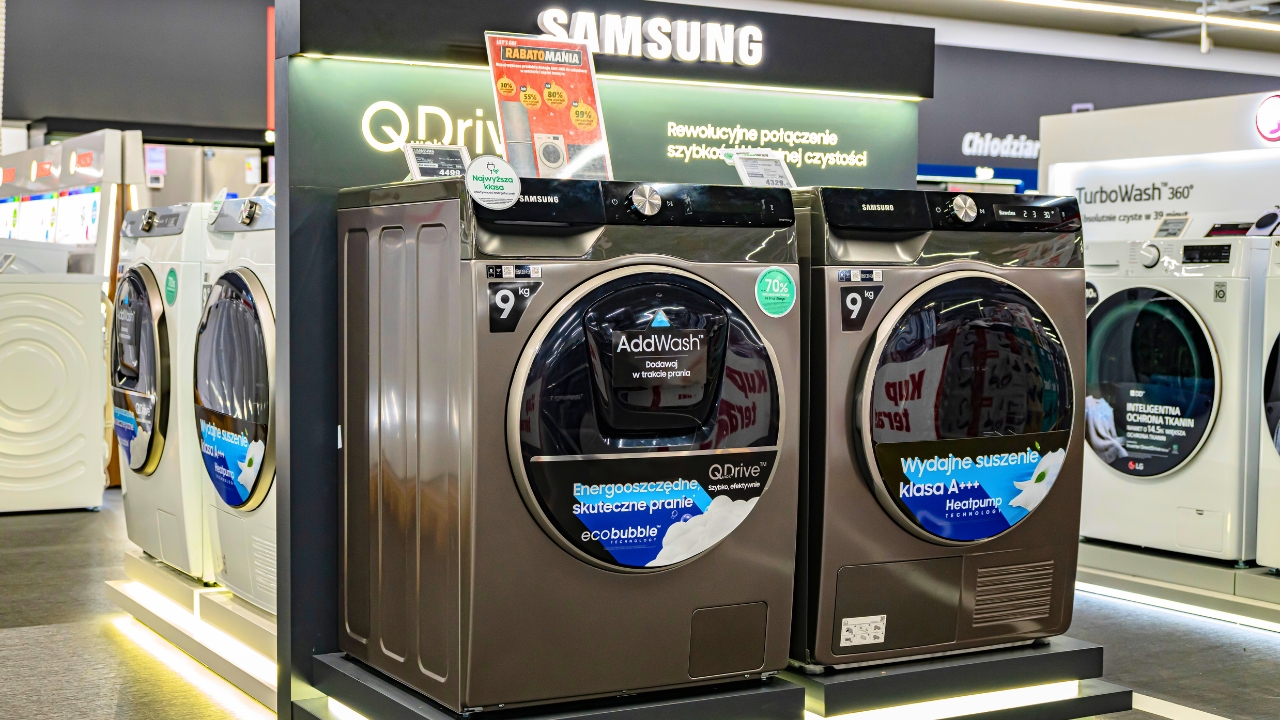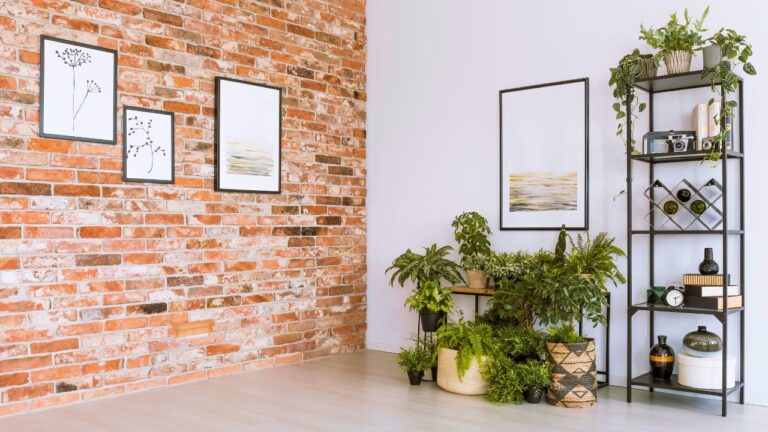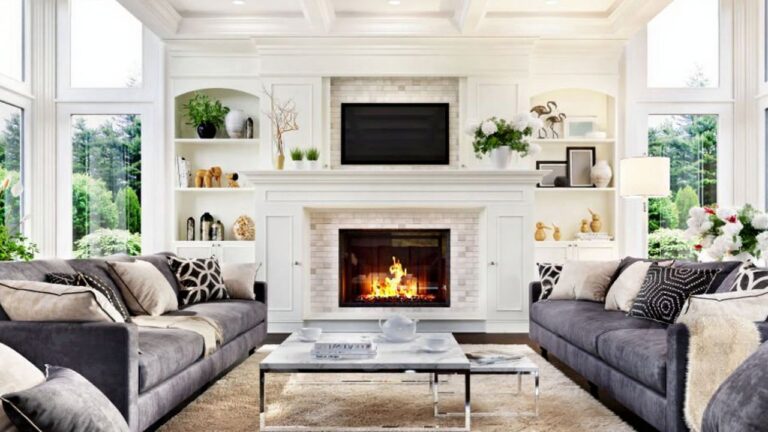Why the right appliances on paper feel wrong in real life
Big appliance purchases feel like the finish line. You measure, pick a finish, and schedule delivery. Then a week later, you notice the oven door collides with the island stool, the fridge can’t open fully, or you hate wiping fingerprints twice a day. The mismatch isn’t the appliance—it’s the way it integrates with your kitchen and your routines.
Before you replace anything else, tune how your appliances actually work in your space. Small adjustments around them—clearances, zones, power, and cleaning habits—decide whether they feel like a win or a daily hassle.
confirm clearances for doors, handles, and humans
Spec sheets list dimensions with doors closed. Real life happens with doors open. Your fridge needs space for drawers to slide fully and for containers to lift straight out. Ranges need 18 inches of counter landing on at least one side. Dishwashers need a free arc so the door doesn’t trap anyone at the sink.
Do this: With the appliance fully open, use painter’s tape to mark the swing and drawer paths on the floor. If anything collides (stools, trash, door trim), move or resize those items before you accept “good enough.”
match finish to tolerance and cleaning routine
Stainless looks sharp but shows fingerprints; black stainless can scratch to silver; white brightens small rooms but reads dirty if you cook a lot. There’s no right answer—only the finish that matches your tolerance. If you hate daily wiping, look for fingerprint-resistant stainless or textured finishes that hide smudges. Keep a designated cloth and cleaner in the kitchen so maintenance is one step, not a hunt.
Micro-routine: Wipe handles and touch pads after dinner while counters dry. Thirty seconds prevents the “dingy stainless” look that drags the whole kitchen down.
place appliances to support your work triangle
If family traffic crosses your cooking path to reach the fridge, you’ll resent dinner. Consider swapping fridge and pantry positions or moving snack items to a garage fridge so kids stay out of your triangle. If the microwave lives over the range and you reheat while someone cooks, move it to a drawer unit or a shelf near the perimeter.
Kid-proofing: Create a “help yourself” shelf in the fridge with prepped snacks and drinks. It keeps little hands out of the cook zone during meal rushes.
fix venting and heat issues now
A powerful range without proper venting makes your house smell like last night’s dinner. If you can’t run outside, use the best recirculating filter available and change it on schedule. Check hood CFM against your range’s BTUs; under-powered fans don’t catch grease, and over-powered fans can pull conditioned air out of the house without make-up air.
Simple test: Boil water with the fan on. If steam escapes past the hood, you need better capture or lower the hood to the right height per manufacturer guidance.
give appliances the landing and staging they need
A fridge needs a landing counter next to it—not across the aisle. Dishwashers work best with a dish drop on the hinge side. Ovens should open to clear counter space for hot pans. If your layout is tight, add a slim rolling cart, a butcher-block over a trash pull-out, or a heat-proof board that lives near the range.
Safety: Keep trivets or a metal cooling rack in the same drawer every time so you never set a hot pan on a fragile counter in a rush.
route power and water for maintenance, not drama
If the fridge water line kinks behind a cabinet or the dishwasher cord stretches tight, you’ll pay for it later. Add a recessed outlet box behind deep appliances, use braided stainless lines, and label shutoffs. Keep the dishwasher looped properly to prevent backflow. These hidden choices decide whether a leak is a nuisance or a weekend-ruiner.
Once a year: Pull appliances slightly forward, vacuum coils and vents, and check lines for wear. Five minutes adds years of life.
choose features you’ll actually use
Air-fry ovens, smart fridges, and steam cycles sound great, but if your weeknights hinge on sheet-pan dinners and fast cleanup, you need rapid preheat and racks that glide. If you bake, prioritize even heat and a reliable probe. If you do big meal preps, a full-extension freezer drawer and adjustable shelves beat a screen on the door.
Decision rule: If a feature doesn’t save time, improve results, or reduce mess in your normal routine, skip it.
set zones around the appliances you already have
Don’t redesign the whole kitchen to honor a new range. Design the zones around it. Store sheet pans vertically by the oven, keep oils and salt near the burners, and put fridge containers near the fridge—not across the room—so leftovers happen without hunting. A great appliance still underperforms if everything it needs lives a dozen steps away.
Weekend win: Add a narrow pull-out for spices and oils beside the range or a pan file in the drawer under the oven.
when appliances fit your life, the kitchen calms down
You stop bumping doors, dinner speeds up, and cleaning takes less thought. That’s the real upgrade you were hoping for when you clicked “buy.” It’s not about the label on the front—it’s about how well the piece slots into your day.
Like Fix It Homestead’s content? Be sure to follow us.
- I made Joanna Gaines’s Friendsgiving casserole and here is what I would keep
- Pump Shotguns That Jam the Moment You Actually Need Them
- The First 5 Things Guests Notice About Your Living Room at Christmas
- What Caliber Works Best for Groundhogs, Armadillos, and Other Digging Pests?
- Rifles worth keeping by the back door on any rural property
*This article was developed with AI-powered tools and has been carefully reviewed by our editors.







